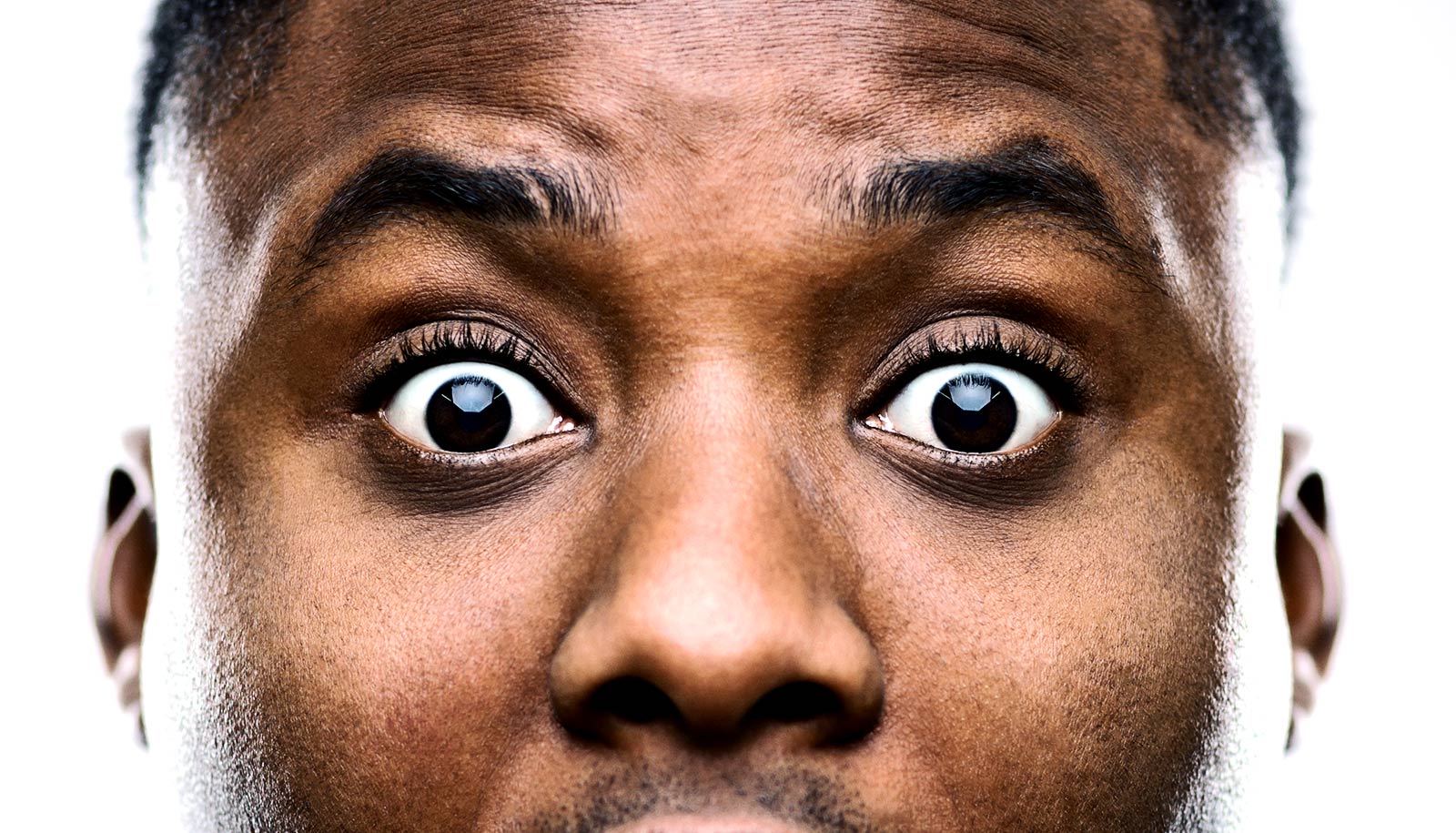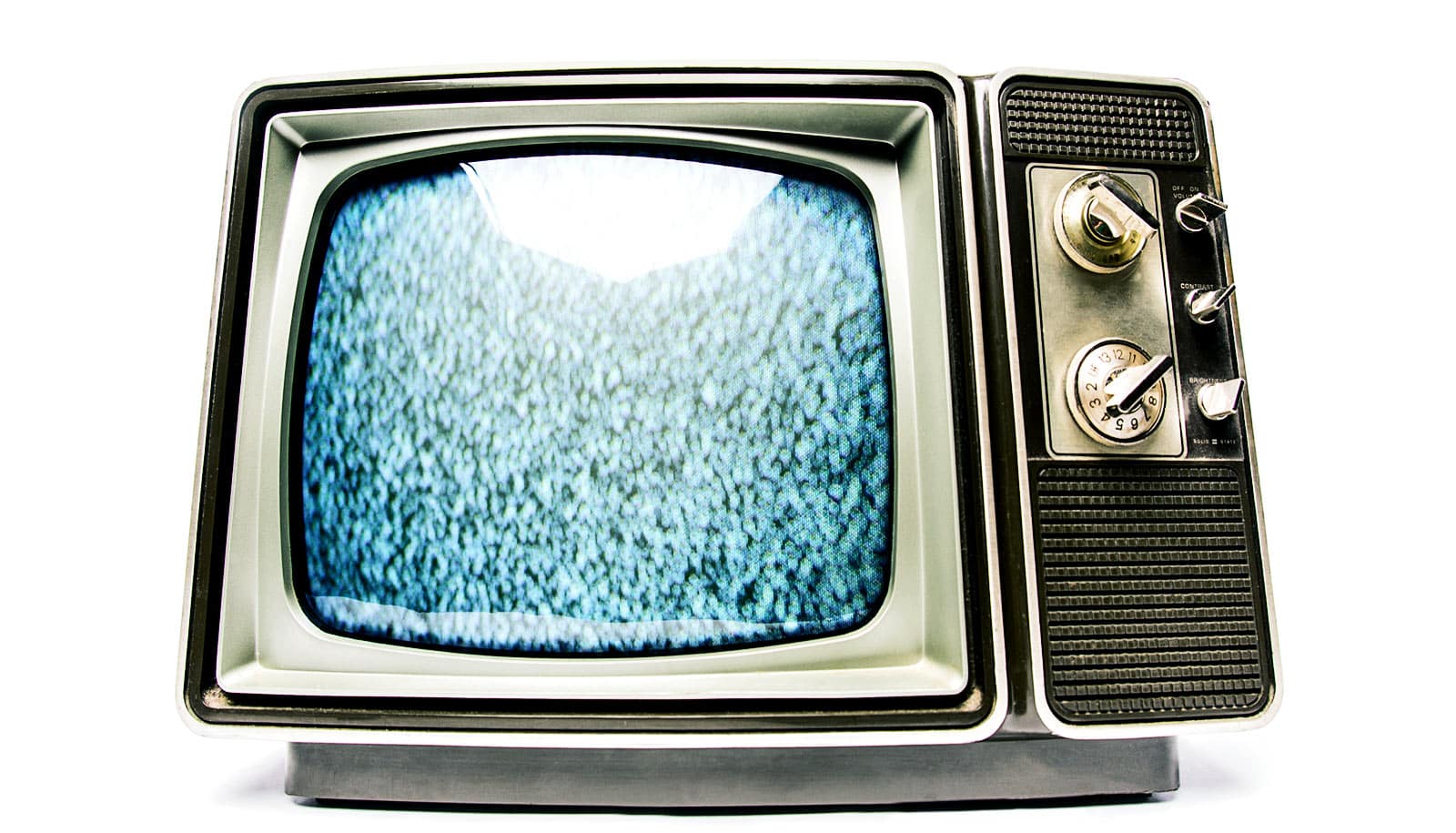There’s a lot of thought behind a good scare in our favorite horror movies, according to film expert Jason Middleton.
A scholar and experimental filmmaker, Middleton is an associate professor of English and the director of the film and media studies program at the University of Rochester. He studies both documentary and horror films. Middleton is also a featured expert in the new AMC documentary Eli Roth’s History of Horror, a seven-part series that also includes commentary by such luminaries of the genre as Stephen King, Jamie Lee Curtis, and Jordan Peele.
Here, Middleton explains what makes horror movies work on us and what makes them so satisfying.
How do horror movies make fear fun?
It’s been called the paradox of horror—people seek out, for the sake of pleasure, an experience which they’d do everything they could to avoid in real life.
Horror is a particularly apt genre for generating the forms of curiosity and discovery that are part of narrative pleasure in general—but horror does it in very distinctive ways. Most forms of narrative pose questions that a viewer or reader wants to know the answers to. Something happens, and you wonder what the effect will be—or you see the effect and wonder what caused it. Suspense and detective genres certainly do this, and there are a lot of overlaps between suspense thrillers and horror films.
But horror film is particularly suited to generating curiosity and a sense of discovery because it usually involves the existence of a “monster”—some kind of being or supernatural element that defies our understanding of the world. We spend the first part of these films seeking to understand the nature of the threat. Our curiosity isn’t only about what’s happening, but also about what this thing is, how it works, and where it came from.
Once the nature of the monster has been determined, the second set of questions has to do with how the monster will be defeated. And there’s a whole new form of curiosity that goes along with that.
What are the roots of horror films?
The modern horror film is often traced back to Alfred Hitchcock’s Psycho. Psycho and many of the horror films that followed it are specifically designed to offer audiences a collective experience of terror and pleasure.
In many ways, it goes back to the way films were designed to be experienced before cinema was primarily a narrative-based form. In their first decade or so, films were much more about showing off the capacities of the new technology, thrilling audiences with such visual spectacles as mounting the camera on the roof of a train going through a winding mountain pass. Films were often about things that encouraged visceral astonishment and excitement.
How did Psycho change the movies?
Earlier in the 20th century—when films were shown in double features with cartoons or newsreels preceding them—it was common for people to walk into theaters during the middle of movies. They came in when it was convenient for them and stayed until the screening was back to the point when they’d arrived.
But Hitchcock was adamant that nobody would be admitted to Psycho after the start time. It was key to him that the audiences see Psycho from the beginning so that the violent murder that occurs halfway through the movie would have the impact he meant it to have. It’s almost like a contract between the director and the viewer. You agree to his terms: show up for the movie on time and be ready to be scared. And he delivers the goods in exchange for that. If you do what you’re supposed to do, you get this new form of group experience, an entertaining kind of collective fear and terror.
So how do horror movies work?
The narrative structure emulates the collective experience of a roller coaster—the long, steady build-up of the story is like the climb up the hill by the roller coaster, and then a sudden, shocking drop off the precipice.
Many horror films follow that structure, and in the shocking moments, the whole theater can collectively scream, grab hold of each other, and then laugh and re-enter the story for a while. It’s a kind of plotting that emulates the repeated build and release that you get with amusement park rides.
Horror films also reveal a lot about the particular political and social anxieties of a given era. Different versions of monstrosity and threat resonate profoundly in different historical moments. In the 1950s, for example, when there was widespread fear in the United States about the threat of communism, nuclear warfare, and the effects of radiation, there were films like The Invasion of the Body Snatchers, where a neighbor looks the same on the surface but is somehow changed. It speaks allegorically to the fear of people being converted to communism. The giant creatures rising from the sea in Godzilla or the giant ants of Them! speak to fears of nuclear radiation and the sense that science was no longer in control of its own creations.
In the 1960s and ’70s—an era of new reproductive technologies, changing mores around sex and sexuality, and the disaster of the sedative drug thalidomide, which caused birth defects in the babies of women who’d been given the drug for morning sickness—there were films like Rosemary’s Baby, The Brood, and It’s Alive.
What’s something most people don’t realize about horror movies?
Through various cinematic devices, many films encourage audiences to identify with one main character—usually a white male protagonist. But in horror films, viewer identification tends to be more interesting.
When John Carpenter’s Halloween—which is marking its 40th anniversary now—came out, many critics says it played into misogyny and sadism by using the camera to show the killer’s point of view. But feminist critics have since argued that the horror film’s figure of the “final girl”—who always fights, always survives, and usually defeats the monster—is the one the viewer finally identifies with.
“Slasher” films, which were originally aimed at a young male audience, encourage viewers to identify with a female protagonist, both in moments of fear—which aren’t conventionally legitimized for men—and also in moments of power, agency, and triumph.
It creates a more fluid, and perhaps a more subversive, experience of identification with characters than you often find in more conventionally respectable genres.
Source: University of Rochester



